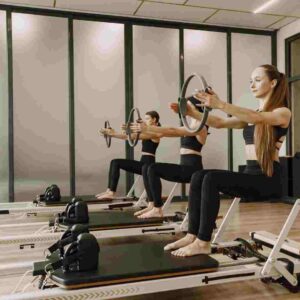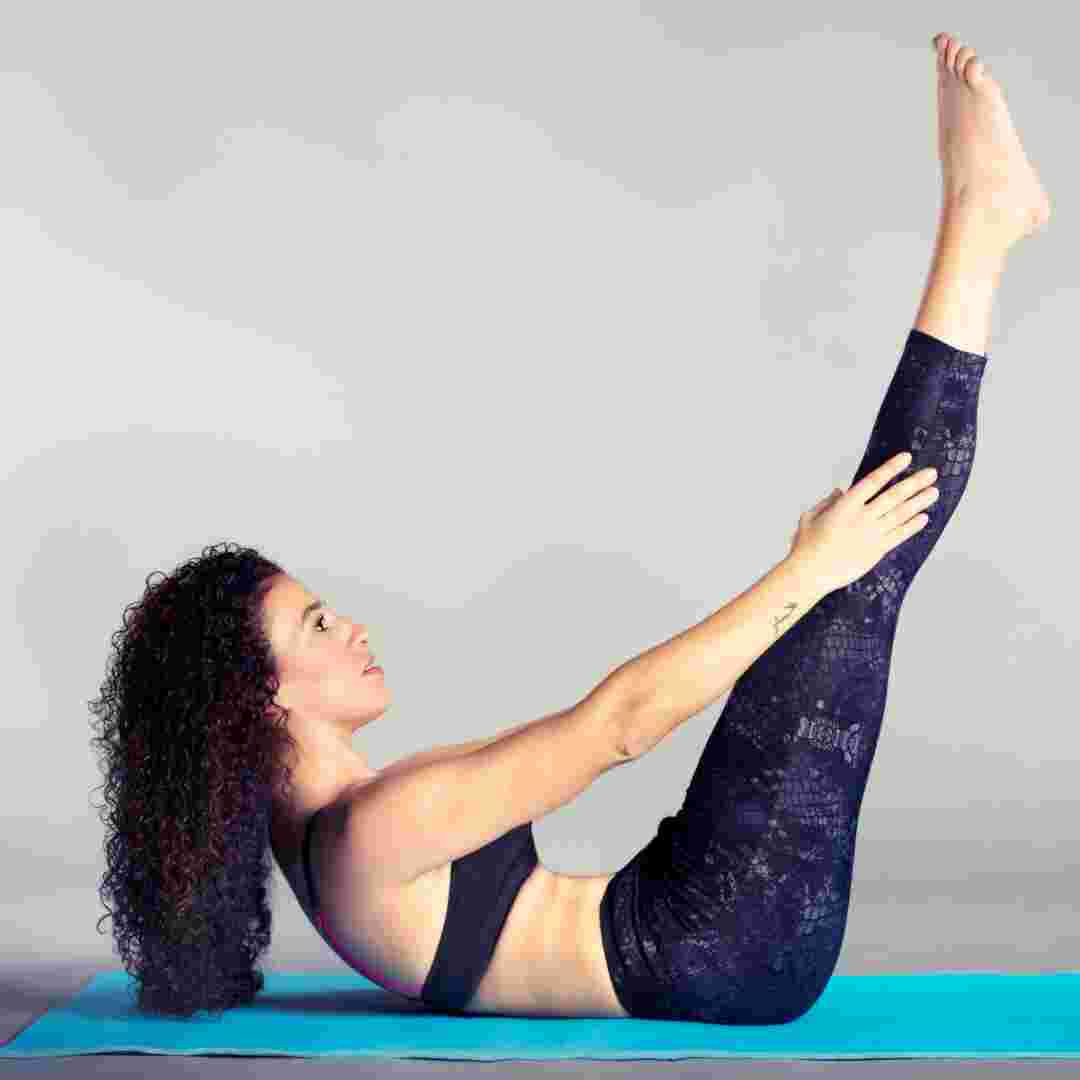Contents Table
Introduction
Pilates Improves Flexibility and Strength
How Pilates Improves Posture and Balance
Pilates for Injury Prevention and Rehabilitation
Q&A
Conclusion
"Pilates strengthens body and mind."
Introduction
Pilates strengthens core muscles, improves flexibility, and improves posture. This low-impact workout, created by Joseph Pilates in the early 20th century, is popular with all ages and fitness levels. Pilates exercises work the deep abdominal, back, hip, arm, and leg muscles through regulated movements and breathing. Pilates builds balance, strength, and flexibility for graceful movement.
Pilates Improves Flexibility and Strength
Pilates has grown in popularity. This low-impact workout improves flexibility, strength, and balance. Pilates training can help you reach your fitness objectives by improving your overall fitness level.
Flexibility is a major Pilates benefit. Pilates exercises stretch and lengthen muscles, improving flexibility and range of motion. This is very helpful for tight muscles and injury recovery. Pilates improves flexibility and reduces injury risk.
Strengthening is another Pilates benefit. Pilates targets your abdominal, back, and hips. Strengthening these muscles improves posture, balance, and strength. Building lean muscle mass with Pilates can help you lose weight and burn more calories.
Balance can improve with Pilates exercise, along with flexibility and strength. Balance is important in many Pilates exercises, which can improve your stability. This is especially helpful for older persons at risk of falling.
Pilates can help alleviate stress and promote mental wellness. Slow, controlled Pilates activities can help you relax and reduce tension. For those who struggle to focus during workouts, Pilates can help.
Many Pilates lessons and routines are available. Some classes are basics, others are advanced. Online or DVD Pilates workouts can help beginners get started.
When starting Pilates, work with a competent instructor to master proper form and technique. This can help you avoid injury and maximise workouts. Remember to listen to your body and take rests. Pilates is tough, but with practise and determination, you may increase your flexibility, strength, and fitness.
Finally, Pilates improves flexibility, strength, and balance. It can alleviate stress and promote mental wellness. Many Pilates lessons and routines are available. For the best workouts, work with a certified instructor and listen to your body. You may reach your fitness goals and enhance your health with hard work.
How Pilates Improves Posture and Balance
Pilates strengthens core muscles. This early 20th-century exercise was created by Joseph Pilates and is now popular worldwide. Pilates improves posture and balance, which are vital to wellness.
We hold our bodies in posture when standing, sitting, or lying down. Back, neck, and other musculoskeletal issues can be prevented with good posture. Pilates strengthens spine and pelvic muscles, improving posture. Pilates targets the abs, back, and pelvic floor. Pilates can improve posture and lessen back pain and other musculoskeletal issues by strengthening these muscles.
Balance is the capacity to control the body's position when moving or standing stationary. Older folks need good balance to avoid falls and injury. Pilates strengthens center-of-gravity muscles, improving balance. Pilates workouts target the core, legs, and feet. Pilates strengthens these muscles, improving balance and reducing falls and accidents.
Pilates emphasises alignment. Proper body placement during activity is alignment. Proper alignment keeps muscles operating efficiently, preventing injuries and improving performance. Pilates focuses on core muscles and breathing to correct alignment. Pilates improves posture and balance through optimal alignment and breathing.
Pilates emphasises control. Control is the capacity to move precisely and regulated. Pilates emphasises control through slow, controlled movements and quality over quantity. Controlled Pilates training improves posture, balance, and injury risk.
Gyms, studios, and homes offer Pilates training. A mat or Pilates reformer can be used. Pilates is adaptable because it can be tailored to various ages and fitness levels.
In conclusion, Pilates improves posture and balance. Pilates reduces the risk of back, neck, and other musculoskeletal issues by focusing on core muscles and perfect alignment and control. Pilates may be done in many contexts and be tailored to all ages and fitness levels. Pilates helps enhance posture and balance.
Pilates for Injury Prevention and Rehabilitation
Pilates strengthens core muscles, improves flexibility, and raises body awareness. Joseph Pilates invented it in the early 20th century and it has become famous for rehabilitation and injury prevention.
Physical therapy often uses Pilates to assist patients recover from injuries or surgery. The workouts are low-impact and adaptable to all fitness levels. Injury prevention requires good posture, balance, and coordination, which Pilates improves.
Pilates emphasises regulated movements. Each exercise is done slowly and carefully to ensure good form and alignment. This prevents further harm and speeds healing.
Breathing is another key Pilates technique. The workouts emphasise proper breathing to boost muscular oxygen flow and relaxation. Patients recovering from surgery or with persistent pain may benefit.
Pilates can also avoid injuries. Pilates strengthens core muscles, improving balance and stability and reducing the risk of falls. Pilates also improves flexibility, reducing the chance of muscular strains and other ailments.
Pilates is customizable, which is a bonus. Pilates can be customised for injury recovery or prevention. This makes it an adaptable and efficient workout for many ages and fitness levels.
Besides its physical benefits, Pilates can improve mental wellness. Controlled movements, appropriate breathing, and body awareness can relieve tension and anxiety and boost self-esteem.
Pilates helps in rehabilitation and injury prevention. It is safe and effective for all ages and fitness levels because to its low-impact workouts and regulated motions. Pilates can help you recover from or prevent injuries and enhance your health.

Q&A
How is Pilates training defined?
Pilates strengthens core muscles, improves flexibility, and balances the body.
2. What are Pilates' benefits?
Pilates improves posture, muscle strength and flexibility, stress, and mind-body awareness.
3. Who benefits from Pilates?
Pilates is good for athletes, elders, pregnant women, and people recovering from injuries or surgery.
Conclusion
Conclusion: Pilates strengthens core muscles, improves flexibility, and aligns and balances the body. It involves mat or equipment-based controlled movements and breathing. Pilates improves posture, reduces stress, and prevents injuries for all fitness levels.


